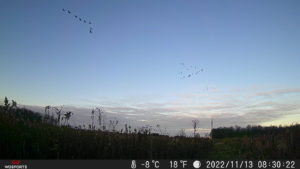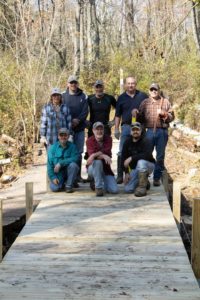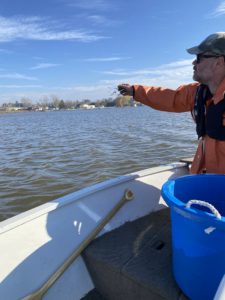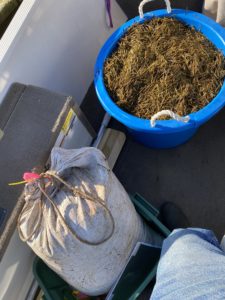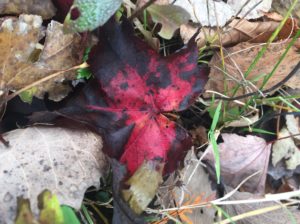by Nancy Nabak, Communication Coordinator
It snowed a week ago. It’s probably going to be melted by time Thanksgiving dinner is over. I guess that’s ok, but I love when our sky-sprinkling, earth-decorating snow arrives.
Don’t get me wrong. I’m not a fan of the 30 mile per hour winds on the lakeshore when it’s 10 degrees below zero, but I love my flakes, I love my frost, and I love snow angels.
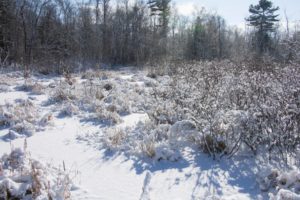 Although shoveling isn’t considered a good time, snow still has a funny way of creeping in and making us enjoy it. Snow is entertaining – we make angels (my favorite), we catch snowflakes on our tongue, and we write all kinds of songs about snow. Irving Berlin hit the big money when he wrote, “White Christmas” – a dreamy song of yesteryear, reminiscing of glistening tree tops and hand-written Christmas cards. It’s nostalgic and cozy… and all because of snow. (I have yet to find a beach song that makes me feel this way.)
Although shoveling isn’t considered a good time, snow still has a funny way of creeping in and making us enjoy it. Snow is entertaining – we make angels (my favorite), we catch snowflakes on our tongue, and we write all kinds of songs about snow. Irving Berlin hit the big money when he wrote, “White Christmas” – a dreamy song of yesteryear, reminiscing of glistening tree tops and hand-written Christmas cards. It’s nostalgic and cozy… and all because of snow. (I have yet to find a beach song that makes me feel this way.)
Snow is an element that gets us out there. We cross country ski in the powder. We snowshoe when there is a good base. We snowboard when we’re youthful and have what it takes. Hopeful children and sledding hills beg for this crystal element by the inches. Barring severe storms, such as the six- foot one in Buffalo last week, usually the more snow the better.
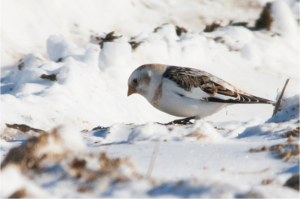 We even celebrate birds whose names include the word “snow.” There is a Snowy owl who comes down from the northern parts of Canada during the winter months – appropriately named after its brilliant white feathers. There’s also the Snow bunting, an adorable, white and black, medium-sized bird that sometimes looks like it has caramel drizzled over it. The Snow goose breeds in the Arctic regions of North America and eastern Sibera, but can be found in our area during migration. There are also such birds as the Snowy egret, Snowy Plover, and the Himalayan Snowcock. The Snowy egret has a healthy population and shows up from southern states and Mexico every now and then. The other two; however, are not in our region and have much less of a population to go astray.
We even celebrate birds whose names include the word “snow.” There is a Snowy owl who comes down from the northern parts of Canada during the winter months – appropriately named after its brilliant white feathers. There’s also the Snow bunting, an adorable, white and black, medium-sized bird that sometimes looks like it has caramel drizzled over it. The Snow goose breeds in the Arctic regions of North America and eastern Sibera, but can be found in our area during migration. There are also such birds as the Snowy egret, Snowy Plover, and the Himalayan Snowcock. The Snowy egret has a healthy population and shows up from southern states and Mexico every now and then. The other two; however, are not in our region and have much less of a population to go astray.
A small gift came to me in the mail the other day. It was a field guide to snowflakes. A grade school friend of mine sent it from California. He said he figured I already had it, but wanted me to enjoy it or pay it forward. I’m tickled with this nerdy gift and can’t wait to study the crystal structures.
I heard on the news we’re predicted to have a “normal” snowfall this winter – meaning more than the last couple of years. When it does come, please go out and catch a flake on your tongue. Make an angel. Or hum a bit of “White Christmas.” Whatever you choose to do, let yourself go. Be free. Just like a snowflake.
Photo of bird: Snow bunting by Nancy Nabak

